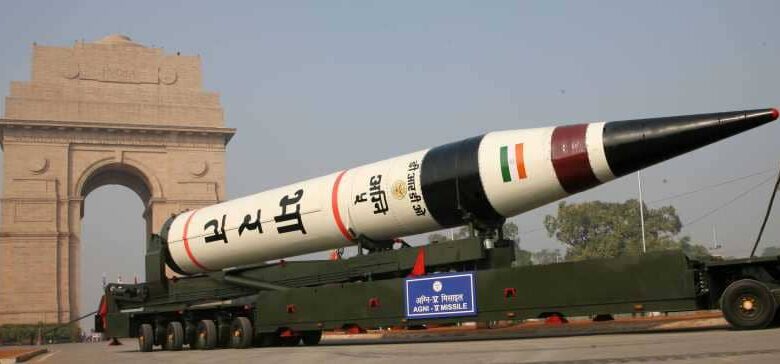
Agni-5 MIRV test a game-changer puts India in the elite club.
India’s successful test of the nuclear-capable Agni-5 missile equipped with MIRV technology is a major milestone.
Experts say that the March 11 interceptor test, with missiles carrying multiple warheads, enhances India’s strategic strike capabilities.
Capable of striking targets hundreds of kilometres apart with pinpoint accuracy, MIRV dramatically improves Agni-5’s survivability against hostile missile defence systems.
India joins an exclusive club of nations with this capability, including the US, Russia, China, the UK and France. It asserts India’s standing as a major power.
While critics argue MIRV poses a risk, many see it as a measured response to China’s expanding nuclear arsenal and Pakistan acquiring longer-range missiles.
Strategic affairs experts say MIRV strengthens India’s deterrence and ability to respond credibly in the event of a nuclear first strike.
It boosts the credibility of India’s no-first-use doctrine even as adversaries retain first-use options.
With a reach of over 5,000 km, Agni-5 can target all Pakistan and China. The test has likely unsettled expansionist thinking in India’s neighbourhood.
While pursuing its defensive modernisation, India remains committed to global arms control. Agni-5 is not meant to upset strategic stability but to maintain a minimum credible deterrent.
The success highlights India’s advancing capabilities and emergence as a leading Indo-Pacific power. It could have far-reaching security implications.



